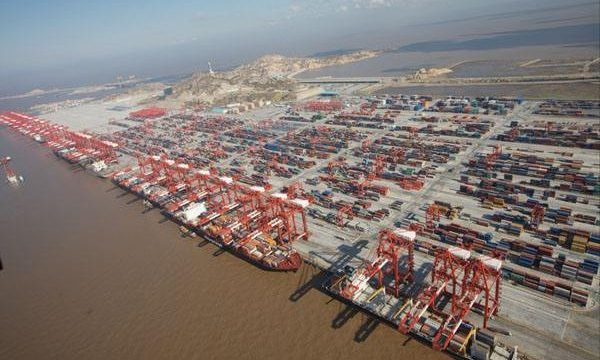Can your supply chain flourish in the new post-coronavirus world?

Thomas Owen, logistics manager for Dpack, on what to expect in 2021.
It is no exaggeration to say that supply chains have taken a hit this year. When China made the unprecedented move to lock down earlier this year, shock waves sent round the world caused disruptions and cargo delays that lasted months.
Even now, with the world looking to somewhat acclimatise to the complications of coronavirus, there will almost certainly be new surprises and further surges in cases. Meaning supply chains are likely to be gingerly recovered at best.
The impact on exports
The epicentre of the lockdown — China’s Hubei province — is a manufacturing base that largely accommodates textiles, garments, components for mobile phones along with other electronics, and also an assortment of medical and pharmaceutical products. As a consequence, some of the worst disruptions hit the supply chains for those respective industries and we will probably be feeling them for the foreseeable future.
The same can be said for any businesses reliant on resources from both Northern Italy and South Korea, as the coronavirus struck in especially industrialised areas in both countries. We still don’t know how damaging the pandemic has really been, but activity in all three areas could be diminished by as much as 40 per cent until the year is out.
Relationships with suppliers
It’s not all bad news. As we learn more about Covid-19, how it spreads and infects, the better we will get at anticipating future disruption. But we are not there yet.
To speed up the process, companies will need to review their inventories and policies, and ask the same of their suppliers. Closer relationships with suppliers are a must, if not just to re-examine how crucial each one is in the chain, but to see if there are suitable alternatives that can be turned to in the hour of need.
A handy checklist has already been put together by McKinsey’s Consultants, and that is a great place to start in preparing for the aftershocks. The most important step in the checklist, I think most people will agree, is that utmost transparency is achieved; even on the multi-tier supply chains. This transparency will need to be to the degree that even the raw materials of components can be traced back.
It is also time to review contracts with suppliers, especially as some may try to play force majeure if they cannot get their resources across on time. If your business has the monetary resources, then it would be a good idea to consider how you can help your suppliers deliver, for example by adjusting quantities, lead times and payments.
The post-pandemic world
All pandemics end eventually. And if things ever properly return to normal, your business should work closely with suppliers in order to establish paramountcy over the competition. When the supplies come in again, they should be organised through sales and operations planning, so that you can avoid any issues that might arise due to inventory fluctuations.
It is also time to think about tomorrow. That is, advancements that you competitors will be investing in that will give them an advantage. Such as digital twin tech, 5G data analytics, artificial intelligence and more. smart supply chains can cushion the blow of future pandemics.
Finally, it may be time to relocate. And indeed some businesses are already talking about, if not ‘de-globalisation’ or reshoring, then at least relocating out of China. Though there is no consensus on which country could act as a suitable replacement.
In short: we are not out of the woods yet. Establish closer relationships with your suppliers, with the utmost of transparency, and your supply chain is more likely to flourish — and not to fail — in the post-coronavirus world.
